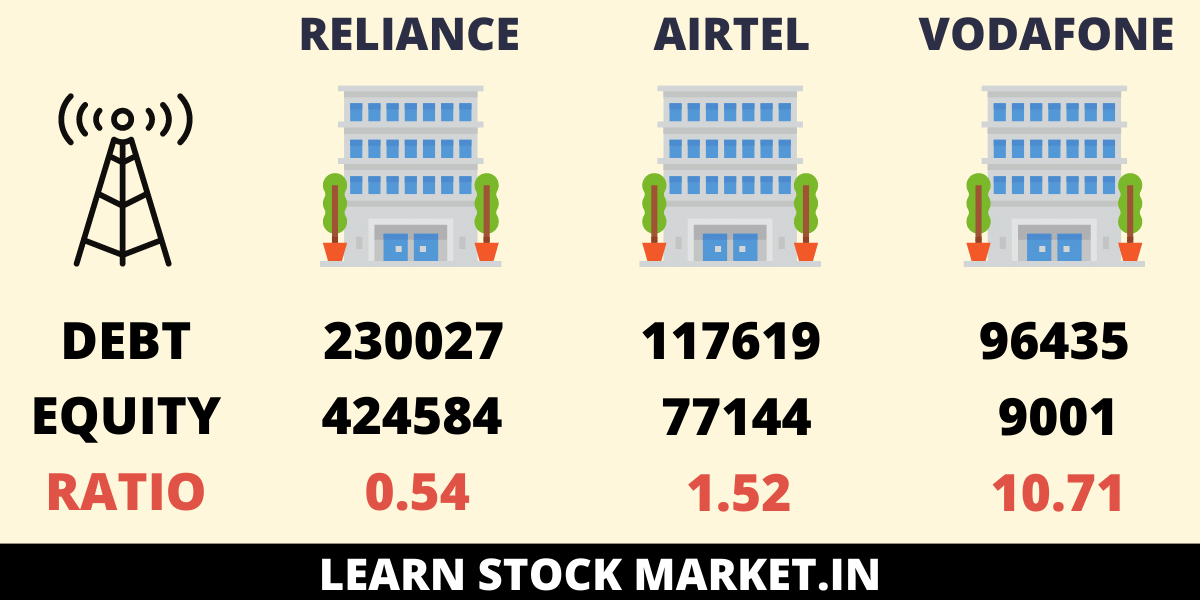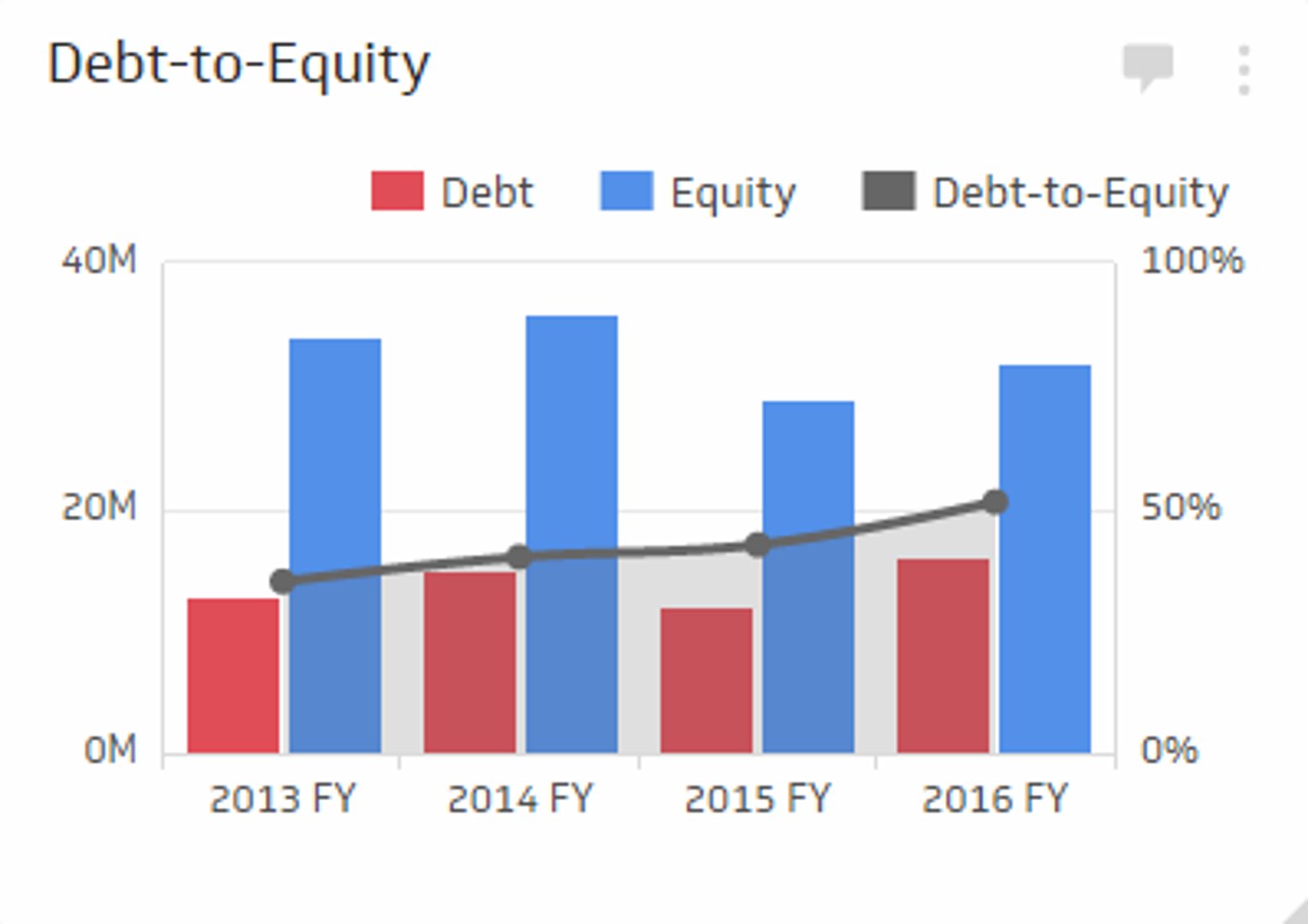
One of the main starting points for analyzing a D/E ratio is to compare it to other company’s D/E ratios in the same industry. Overall, D/E ratios will differ depending on the industry because some industries tend to use more debt financing than others. The Debt to Equity ratio is a financial metric that compares a company’s total debt to its shareholder equity. Investors typically look at a company’s balance sheet to understand the capital structure of a business and assess the risk.
- For example, often only the liabilities accounts that are actually labelled as “debt” on the balance sheet are used in the numerator, instead of the broader category of “total liabilities”.
- This could mean that investors don’t want to fund the business operations because the company isn’t performing well.
- Because banks borrow funds to loan money to consumers, financial institutions usually have higher debt-to-equity ratios than other industries.
- In the banking and financial services sector, a relatively high D/E ratio is commonplace.
How to calculate the debt-to-equity ratio
The debt to equity ratio is calculated by dividing total liabilities by total equity. The debt to equity ratio is considered a balance sheet ratio because all of the elements are reported on the balance sheet. A higher ratio suggests that a company is more reliant on debt, which may increase the risk of insolvency during periods of economic downturn.
How confident are you in your long term financial plan?
Assume a company has $100,000 of bank lines of credit and a $500,000 mortgage on its property. A debt to equity ratio of 1 would mean that investors and creditors have an equal stake in the business assets. A D/E ratio of 1.5 would indicate that the company has 1.5 times more debt than equity, signaling a moderate level of financial leverage.
What are gearing ratios and how does the D/E ratio fit in?
The D/E ratio of a company can be calculated by dividing its total liabilities by its total shareholder equity. Basically, the more business operations rely on borrowed money, the higher the risk of bankruptcy if the company hits hard times. The reason for this is there are still loans that need to be paid while also not having enough to meet its obligations. Another popular iteration of the ratio is the long-term-debt-to-equity ratio which uses only long-term debt in the numerator instead of total debt or total liabilities.

Therefore, comparing D/E ratios across different industries should be done with caution, as what is normal in one sector may not be in another. Let’s examine a hypothetical company’s balance sheet to illustrate this calculation. Understanding these distinctions is crucial for accurately interpreting a company’s financial obligations and overall leverage. Assessing whether a D/E ratio is too high or low means viewing it in context, such as comparing to competitors, looking at industry averages, and analyzing cash flow. The D/E ratio indicates how reliant a company is on debt to finance its operations.
Everything You Need To Master Financial Modeling
If the company were to use equity financing, it would need to sell 100 shares of stock at $10 each. A high D/E ratio suggests that the company is sourcing more of its business operations by borrowing money, which may subject the company to potential risks if debt levels are too high. Suppose a company carries $200 million in total debt and $100 million in shareholders’ equity per its balance sheet.
In general, a company with a high D/E ratio is considered a higher risk to lenders and investors because it suggests that the company is financing a significant amount of its potential growth through borrowing. What is considered a high ratio can depend on a variety of factors, including the company’s industry. The debt-to-equity ratio (aka the debt-equity ratio) is a metric used to evaluate a company’s financial leverage by comparing total debt to total shareholder’s equity. In other words, it measures how much debt and equity a company uses to finance its operations.
In this case, it is important to analyze the company’s current situation and the reasons for the additional debt. While using total debt in the numerator of the debt-to-equity ratio is common, a more revealing method would use net debt, or total debt minus cash in cash and cash equivalents the company holds. For instance, utility companies often exhibit high D/E ratios due to their capital-intensive credit note what is a credit note nature and steady income streams. These companies frequently borrow extensively, given their stable returns, making high leverage ratios a common and efficient use of capital in this slow-growth sector. Similarly, companies in the consumer staples industry tend to show higher D/E ratios for comparable reasons. For example, manufacturing companies tend to have a ratio in the range of 2–5.
My Accounting Course is a world-class educational resource developed by experts to simplify accounting, finance, & investment analysis topics, so students and professionals can learn and propel their careers. In this guide, we’ll explain everything you need to know about the D/E ratio to help you make better financial decisions. InvestingPro offers detailed insights into companies’ D/E Ratio including sector benchmarks and competitor analysis.